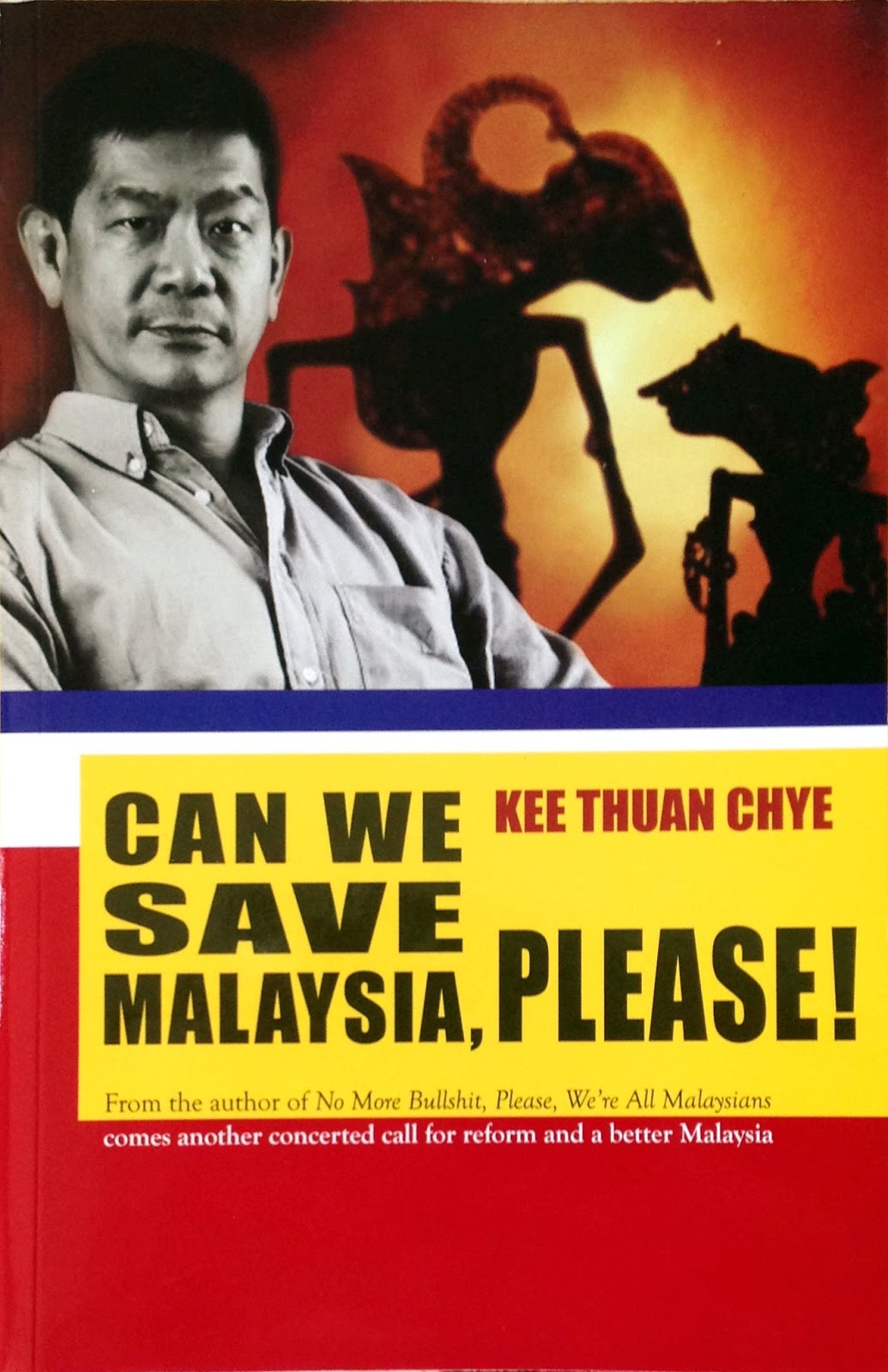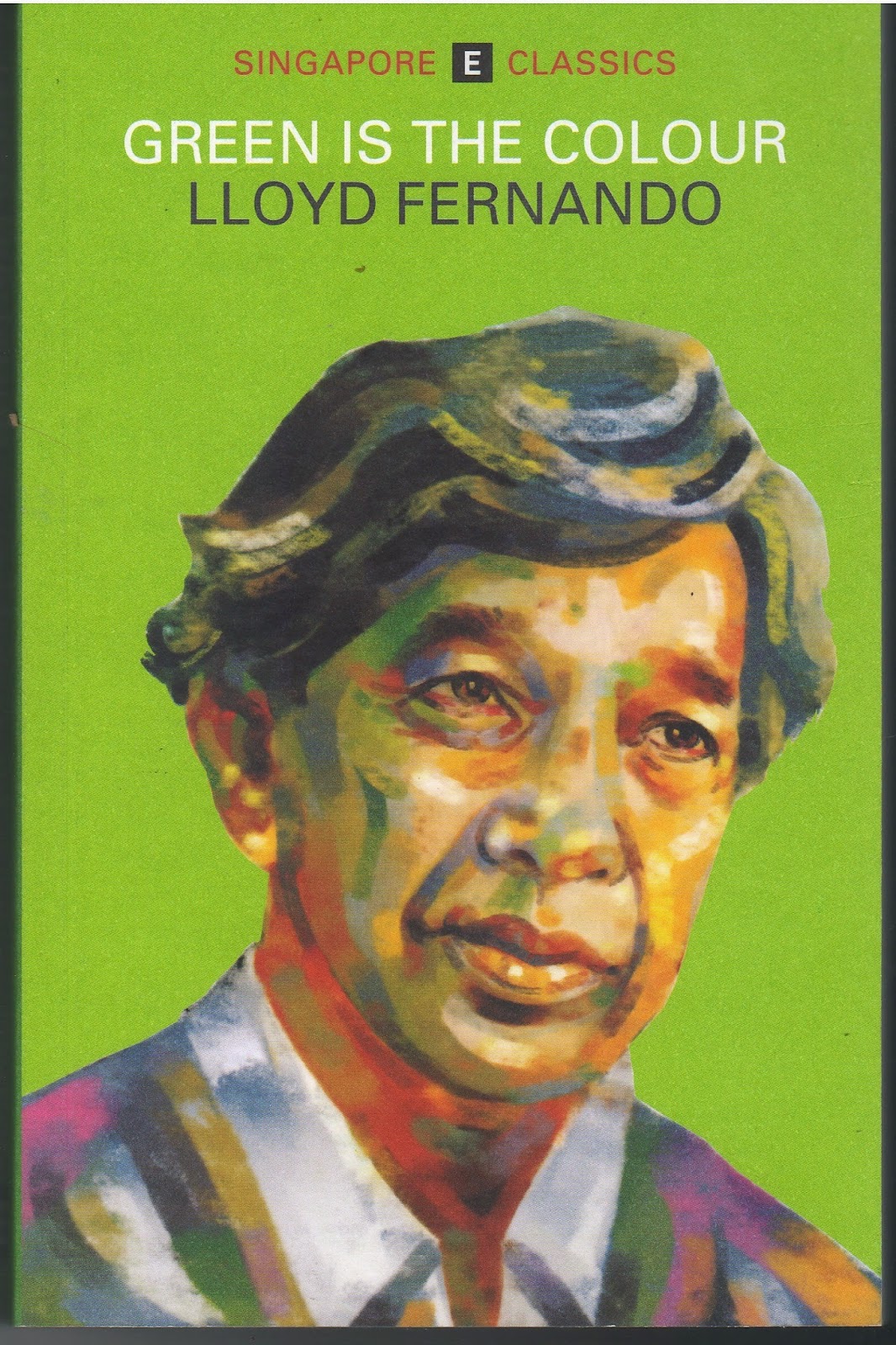A Selection of Reviews from The Penang Bookshelf
and
Our Customers
Can We Save Malaysia, Please!, Festivals of Malaysia, Glimpses of the Past, Green is the Colour, Traditional Trades of Penang
Two Welcome Introductions to Malaysia�s Living History
(Trafalgar House, 2015 ISBN: 9789834324551)
-----
(Areca, 2014 ISBN: 9789675719172)#
I was keen to get my hands on both of these books since I have met both of the authors and knew that each book had been in preparation for some time. (Keith Hockton is also a customer of The Penang Bookshelf.) Each book promised something a little bit more lively than the normal �heritage� fare that has populated booksellers� shelves since Melaka and Penang were declared to be World Heritage sites a short while ago. In contrast to much else that has been written on the subject, these detailed works would give us an opportunity to take part in the living history that is still around us and, if we so wished, to adapt and develop it further.
Festivals of Malaysia�s useful calendar format points us to events that are taking place all over the country almost every week. Traditional Trades of Penang showcases a range of crafts and products that we can still use every day. Each book took some years to develop. The result is, in each case, a comprehensive introduction to the subject. You are certain to find something that you want to explore further, whether it is a fire walking festival in Butterworth or the Ari� Muyang (Ancestors� Day) Orang Asli festival in Pulau Carey. Similarly in Traditional Trades, you might be tempted to brighten up your kitchen with a wire egg basket or add some real colour in your home with gaudy kim hua traditional Chinese artificial flowers. Both books, above all, provide lots of ideas for activities or for new products to enjoy. Although much has been said and written about conserving and preserving Malaysia's past, one of the more fulfilling ways to engage with history is to live it. These books will give you an excellent start.
I do however have one niggle about both books - I cannot quite work out whether the books are intended as reference books or guide books. Maybe the answer is a bit of both. If so, they both have a bit of a problem with being neither one nor the other. Hockton goes into some detail, where appropriate, about the history and ritual of some of the events and Chin likewise explains some of the processes involved in the trades described. There is certainly enough information both in the text and pictures for each book to be considered a basic reference book in its field. However neither shows either enough depth or analysis of their subjects to be considered much more than that.
As guide books they do not quite hit the mark either. While each book is packed with information, that information is often insufficient when we want to actually interact with the subject that each writer covers. For example Hockton rightly has one of his lengthier sections on Hari Raya, the most widely celebrated festival in Malaysia, but there is no guidance as to how a non-Muslim might be able to participate. Generally there is a lack of clarity in explaining which events are private and which are public. Chin in his Author�s Preface informs us that he wants to document the trades and �to provide a starting point for further research on�our living heritage.� Yet he misses the principal reason why traders the world over exist and will continue to exist, i.e. to sell their wares to earn a living. The rest of the book is in the same vein: there is little or no information as to how to buy what the traders presumably want to sell.
In each case the books could have been made more useful if some of the text in Festivals and some of the pictures in Traditional Trades had been sacrificed to allow for more usable information to be inserted. Despite these drawbacks, the books are still important contributions to their respective subjects. You are not going to find anything more informative on the market at present. There is certainly plenty in each book to stimulate further engagement with each subject. However you are going to have to make a worthwhile effort to start asking your own questions and to have your own adventures, if you really want these books to give you as much fun and enjoyment as I am sure the authors intended.
Stories from Malaysia and Singapore
-----
Wong Meng Voon
(Heinemann Asia, 1981, ISBN: 9971640279)#
After reading about three stories of this collection, I sat up with a bit of a jolt. Something seemed to be missing. Ah yes: none of these stories had any conclusion. I then looked back at the tile, Glimpses of the Past, and appreciated the message. Although the stories are fiction, the author was trying to produce an authentic representation of life. In real life, episodes seldom have the neat conclusions that some fiction writers manufacture. The story instead is just another stepping stone on the journey.
Bearing this point in mind, it was much easier to appreciate the author�s gentle and perceptive style. His writing enables the reader to eavesdrop on the lives of the characters who populate his stories. They were written at a time when labourers belonged to the country; none of the stories has any interaction with people who are not Malaysian or Singaporeans. Although a couple of the stories give glimpses of a more comfortable middle class life, on the whole, Wong�s characters are strugglers, making the best of the hard lot that has been dealt to them.
Once getting used to the nature of the stories, they are readable and engrossing. However soon I felt that there were also a couple of other aspects of life in the 60s and 70s that were missing, i.e. there was not much to laugh about and enjoy. Reflections on childhood were generally happy, but adult life comes across as being fairly miserable. Wong is definitely engaged with his characters in this �compassionate� period of his career. (His later writings have been more satirical.) However it is a pity that he did not feel able to represent life as being more rounded with a few more flashes of joy.
With the exception of one story, Eight Hours in the Sewer, the stories� characters are all from the Chinese community. Other communities barely intrude. All of the stories are the author�s translations of stories that were originally written in Chinese. So Wong presents a fairly one dimensional view of Malaysia and Singapore of the time. There is no problem with that: it may well be the way that many members of both countries� main communities lived then and now. However, it was strange that there were probably only one or two references in this collection to religion, whether formal or popular. It is seldom that home life in any community in Malaysia or Singapore does not brush up against belief in the supernatural in some form or other.
Despite these two missing elements, of joy and religion, there is plenty to recommend in these poignant stories, particularly for readers who are not from the Chinese community. The author�s spare and imperceptibly crafted style beautifully show the common thread of humanity that binds all of us. Wong�s characters and the stories they inhabit are ordinary people faced with ordinary events, the true bedrock of any society, despite common misconceptions to the contrary.








